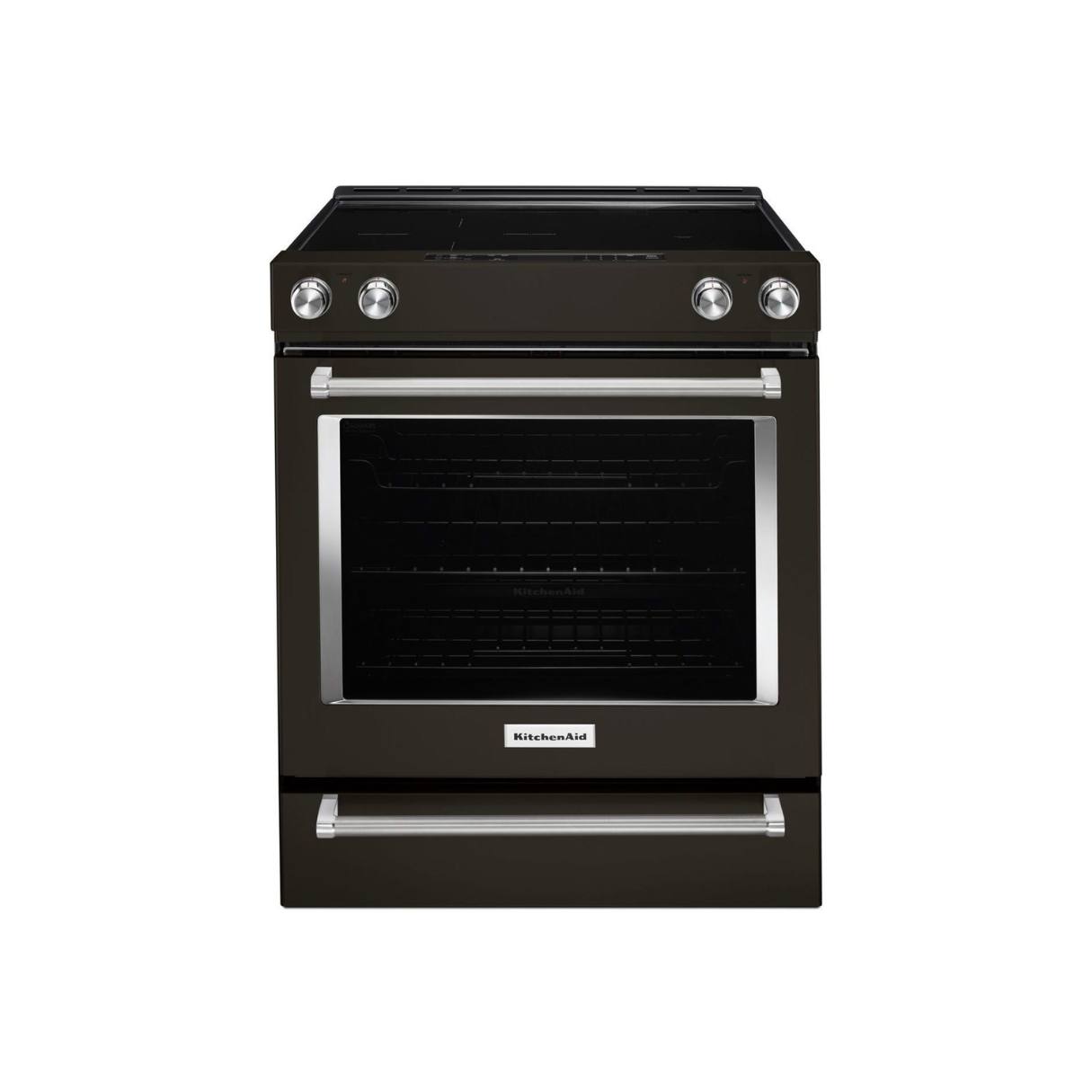

Articles
How To Use Kitchenaid Electric Stove Top
Modified: December 7, 2023
Learn how to effectively use your Kitchenaid electric stove top with tips and articles to enhance your cooking experience and create delicious meals.
(Many of the links in this article redirect to a specific reviewed product. Your purchase of these products through affiliate links helps to generate commission for Storables.com, at no extra cost. Learn more)
Introduction
Welcome to the world of Kitchenaid electric stove tops! Whether you’re a seasoned chef or a kitchen novice, having a reliable and efficient stove top is essential for preparing delicious meals. Kitchenaid is known for producing high-quality appliances, and their electric stove tops are no exception. In this article, we will guide you on how to use a Kitchenaid electric stove top effectively and safely.
Using an electric stove top can seem daunting at first, especially if you’re accustomed to using gas stoves. However, once you understand the controls and features, you’ll find it quite intuitive and user-friendly. From adjusting the heat levels to utilizing the timers, we’ll cover everything you need to know for a seamless cooking experience. So, let’s dive in!
Note: Before using any appliance, it’s essential to prioritize safety. Always refer to the manufacturer’s instructions and take necessary precautions to ensure a hazard-free environment.
Key Takeaways:
- Master the art of using your Kitchenaid electric stove top by prioritizing safety, understanding controls, adjusting heat levels, utilizing the timer, and practicing proper cleaning and maintenance. Elevate your cooking experience with confidence and creativity!
- Embrace the versatility and convenience of your Kitchenaid electric stove top to explore a wide range of culinary delights. Prioritize safety, understand controls, and maintain your appliance for a seamless cooking journey.
Read more: How To Use An Electric Stove Top
Safety Precautions
Prioritizing safety is crucial when using any kitchen appliance, including a Kitchenaid electric stove top. Here are some essential safety precautions to keep in mind:
- Read the manual: Familiarize yourself with the user manual provided by Kitchenaid. This will provide detailed instructions specific to your stove top model.
- Keep flammable items away: Ensure that there are no flammable items, such as oven mitts, curtains, or paper towels, near the stove top. This will help prevent accidents and potential fires.
- Use proper cookware: Only use cookware that is suitable for electric stoves. Ensure that the bottom of the cookware is flat and sits securely on the burner. Using warped or uneven cookware can cause uneven heating and may result in accidents.
- Always supervise: Never leave the stove top unattended while it’s in use. Accidents can happen quickly, so it’s important to have constant supervision over the cooking process.
- Use oven mitts: When handling hot pots, pans, or touching any part of the stove top, always use oven mitts or heat-resistant gloves. This will protect your hands from burns and prevent accidents.
- Keep the area well-ventilated: Ensure proper ventilation in the kitchen to prevent the accumulation of gas or fumes. If your stove top has an exhaust fan, make sure it’s used when necessary.
- Childproof the stove top: If you have young children in the house, consider installing childproof locks on the stove top to prevent accidental turning on of the burners or other controls.
- Clean regularly: Regularly clean your stove top to prevent the buildup of grease or other flammable substances. Use non-abrasive cleaners and avoid using excessive water around the controls.
- Disconnect the power: Before conducting any maintenance or cleaning tasks, ensure that the stove top is disconnected from the power source to avoid electrical shocks.
- Seek professional help: If you encounter any electrical or functional issues with your Kitchenaid electric stove top, refrain from attempting to repair it yourself. Contact a qualified technician for assistance.
By following these safety precautions, you can have a worry-free and secure cooking experience with your Kitchenaid electric stove top.
Understanding the Controls
Before you start using your Kitchenaid electric stove top, it’s important to familiarize yourself with the various controls and features. Here’s a breakdown of the common controls you’ll find:
- Burner knobs: These knobs are used to control the individual burners on the stove top. They typically have indicators or markings to show the different heat levels, ranging from low to high.
- Power/On-Off button: This button is used to turn the stove top on and off. It is usually located near the control panel and may have an indicator light that illuminates when the stove top is powered on.
- Control panel: The control panel houses all the electronic controls and display functions. This includes features such as timer settings, heat level indicators, and other specialized functions.
- Hot surface indicator: This indicator light alerts you when the stove top surface is hot, even after the burners have been turned off. It serves as a safety reminder to avoid accidental burns.
- Timer: Many Kitchenaid electric stove tops come equipped with a built-in timer. This feature allows you to set a specific cooking time for each burner, helping you keep track of your dishes and prevent overcooking.
- Child lock: Some stove tops may have a child lock feature that prevents accidental activation or changes to the settings. This is particularly useful if you have young children at home.
- Heat level indicators: Depending on the model, your stove top may have heat level indicators that provide visual cues to determine the intensity of the heat. These indicators help you adjust the burner settings to achieve the desired cooking temperature.
It’s essential to consult the user manual that came with your Kitchenaid electric stove top for specific information on the controls and features of your model. Understanding how each control functions will greatly enhance your cooking experience and ensure that you make the most of your stove top.
Turning on the Stove Top
To begin cooking on your Kitchenaid electric stove top, follow these steps to turn it on:
- Check the power: Ensure that the stove top is connected to a power source and that the power is turned on at the main switch or circuit breaker.
- Locate the power button: Look for the power button on the control panel. It is usually labeled with an “On/Off” or a power symbol.
- Press the power button: Press the power button to turn on the stove top. You may hear a beep or see an indicator light illuminate to indicate that it is powered on.
- Wait for the stove top to activate: Give the stove top a few seconds to activate. The control panel and burner knobs should light up or display the current settings.
- Adjust the heat levels: If you have specific temperature requirements, adjust the heat levels on the burner knobs. Use the markings or indicators to select the desired heat intensity.
Once the stove top is turned on and the heat levels are adjusted, you’re ready to start cooking! Remember to handle the knobs and controls with care and to supervise your cooking at all times.
Note: Some Kitchenaid electric stove tops may have additional steps or specific instructions for turning on and off. Refer to the user manual that came with your stove top for model-specific details and guidelines.
Adjusting the Heat Levels
One of the key features of a Kitchenaid electric stove top is the ability to adjust the heat levels to suit your cooking needs. Here’s how you can easily adjust the heat levels:
- Locate the burner knobs: Each burner on the stove top has its own corresponding knob. These knobs control the temperature and heat intensity of the respective burner.
- Identify the heat settings: Most burner knobs will have markings or indicators to represent different heat levels, such as low, medium, and high. These indicators can be in the form of numbers or visual symbols.
- Turn the knob clockwise or counterclockwise: To increase the heat level, turn the knob clockwise. To decrease the heat level, turn the knob counterclockwise. Ensure that the burner is not hot while making adjustments.
- Observe the heat changes: As you make the adjustments, observe the changes in heat. It may take a few moments for the heat to adjust accordingly. Pay attention to the visual cues or indicators to determine the current heat level.
- Fine-tune the heat: If you require more precise control over the heat, make slight adjustments to the knob. Small adjustments can make a significant difference in the temperature of the burner.
- Monitor the cooking progress: Continuously monitor your cooking while adjusting the heat levels as needed. This will help you achieve the desired results and prevent overcooking or undercooking.
It’s important to note that the heat levels may vary slightly between burners on the stove top. Some burners may heat up faster or have different temperature ranges. Take this into consideration when adjusting the heat levels for different cooking tasks.
Experimenting with the heat levels and becoming familiar with your Kitchenaid electric stove top will help you become more confident in achieving the perfect cooking results every time.
Read more: How To Use A Stove Top
Using the Burners
The burners on your Kitchenaid electric stove top are the workhorses of your cooking experience. Here’s how you can effectively use the burners to cook your favorite dishes:
- Select the appropriate burner: Depending on your cooking needs, choose the burner that is most suitable for the size of your cookware. Smaller burners are ideal for small pots and pans, while larger burners are perfect for bigger cookware.
- Place the cookware on the burner: Ensure that the burner is cool before placing your cookware on it. Center the cookware correctly on the burner, ensuring that it sits securely and evenly.
- Turn on the burner: Rotate the corresponding burner knob to the desired heat level. You may hear a click or see a visual indicator that the burner is activated.
- Wait for the cookware to heat up: Give the cookware a few moments to heat up. Electric burners may take slightly longer to heat compared to gas burners. You can preheat the cookware by turning on the burner a few minutes before starting the cooking process.
- Cook your food: Once the cookware is heated, you can begin cooking your food. Adjust the heat level as needed during the cooking process to attain the desired temperature for your dish.
- Turn off the burner: When you’re finished using the burner, turn the corresponding burner knob to the “Off” position. Wait for the burner and the cookware to cool down before removing the cookware from the stove top.
It’s important to note that spills or food debris on the burner surface can affect the cooking process and may even damage the burner. Therefore, it is advised to clean the burners regularly to maintain their performance and longevity.
By following these steps for using the burners on your Kitchenaid electric stove top, you can enjoy efficient and precise cooking every time.
When using a Kitchenaid electric stove top, make sure to use flat-bottomed cookware for even heat distribution. Also, always turn off the burner and allow it to cool before cleaning.
Using the Timer
The timer feature on your Kitchenaid electric stove top allows you to set a specific cooking time for your dishes. Whether you need to time your pasta, simmer a sauce, or bake a cake, here’s how you can make the most of this convenient feature:
- Locate the timer button: Look for the timer button on the control panel of your stove top. It may be labeled as “Timer” or have a clock symbol.
- Press the timer button: Press the timer button once to activate the timer function.
- Set the cooking time: Use the +/- buttons or the dial next to the timer display to set the desired cooking time. Some stove tops allow you to set the timer in minutes, while others may offer additional options such as hours and seconds.
- Start the timer: Once you have set the cooking time, press the start button or the timer button again to begin the countdown.
- Monitor the timer: Keep an eye on the timer display to see the remaining cooking time. You may also hear an audible alert when the timer reaches zero.
- Pause or cancel the timer: If you need to pause or cancel the timer during the cooking process, locate the corresponding buttons on the control panel and make the necessary adjustments.
- Adjust the timer volume: Some stove tops allow you to adjust the volume of the timer alert. If needed, consult your user manual to learn how to adjust the volume settings.
- Utilize the timer for multiple dishes: If you have multiple burners in use or need to time different dishes simultaneously, many Kitchenaid stove tops allow you to set individual timers for each burner.
- Reset or repeat the timer: After the timer has completed its countdown, you may have the option to reset it or repeat the countdown for another round of cooking.
The timer feature on your Kitchenaid electric stove top helps you stay organized in the kitchen and ensures that your dishes are cooked to perfection. Experiment with the timer function and find how it can enhance your cooking process and time management.
Using the Hot Surface Indicator
The hot surface indicator on your Kitchenaid electric stove top is an important safety feature that alerts you when the surface is still hot, even after the burners have been turned off. Here’s how you can utilize this indicator to ensure your safety:
- Locate the hot surface indicator: The indicator is usually located on the control panel of your stove top. It may be labeled as “Hot Surface” or have a visual symbol to represent it.
- Observe the indicator light: When the stove top or any of the burners are hot, the indicator light will illuminate. It serves as a warning to let you know that the surface is still too hot to touch or place any objects on.
- Wait for the indicator to turn off: After you have turned off all the burners, the hot surface indicator will remain lit until the surface has cooled down to a safe temperature. It’s crucial to wait for the indicator to turn off completely before attempting to clean or touch the stove top.
- Avoid placing anything on the hot surface: When the hot surface indicator is illuminated, refrain from placing any objects, cookware, or utensils on the stove top. Placing items on the hot surface can cause damage to the stove top and increase the risk of burns or accidents.
- Use caution when cleaning: When cleaning the stove top, ensure that the burners and the surface have cooled down completely. Never use excessive water or cleaning solutions near the control panel or any sensitive parts of the stove top.
- Keep the area clear: During and after cooking, make sure the area around the stove top is clear of any flammable objects, such as kitchen towels or food packaging. Maintaining a clear and safe environment helps prevent accidents and fires.
- Follow manufacturer’s guidelines: Refer to the user manual provided by Kitchenaid for any specific instructions regarding the hot surface indicator. Different stove top models may have variations in the functioning of this safety feature.
By paying attention to the hot surface indicator on your Kitchenaid electric stove top, you can ensure your safety and prevent potential burns or accidents. Practice caution and wait for the surface to cool down before touching or cleaning the stove top.
Cleaning and Maintenance
Proper cleaning and maintenance of your Kitchenaid electric stove top are essential for its longevity and optimal performance. Here are some guidelines to keep your stove top clean and well-maintained:
- Allow the stove top to cool: Before cleaning the stove top, ensure that the burners and the surface have cooled down completely to avoid burns or injury.
- Wipe up spills promptly: It’s important to clean up spills and splatters as soon as possible to prevent them from hardening or staining the surface. Use a soft cloth or sponge dampened with warm, soapy water to gently wipe away the spills.
- Avoid abrasive cleaners: To prevent scratching or damaging the stove top surface, avoid using abrasive cleaners, scouring pads, or steel wool. Instead, opt for non-abrasive cleaners specifically designed for smooth-top electric stoves.
- Use a cooktop cleaner: Periodically, you may want to use a cooktop cleaner recommended by Kitchenaid to remove stubborn residue or grease buildup. Follow the manufacturer’s instructions for the proper application and usage of the cleaner.
- Remove burner knobs for cleaning: If necessary, remove the burner knobs to clean them separately. Use a mild soap solution and a soft cloth to gently clean the knobs and dry them thoroughly before reattaching them.
- Clean the control panel: Gently wipe the control panel with a soft cloth or sponge dampened with mild soapy water. Avoid excessive moisture near the controls and ensure that the control panel is completely dry before using the stove top.
- Inspect and clean the vent openings: Periodically check the vent openings on your stove top and remove any debris or obstructions. This will ensure proper ventilation and prevent the buildup of dust, dirt, or grease.
- Regular maintenance check: Perform regular maintenance checks to ensure that the burners, knobs, and controls are all in proper working condition. If you notice any issues, consult the user manual or reach out to a professional for assistance.
- Avoid excessive water: When cleaning the stove top, avoid excessive water or liquid near the control panel and electrical components. Excessive moisture can cause damage and increase the risk of electrical hazards.
- Refer to the user manual: For specific cleaning and maintenance instructions, always refer to the user manual provided by Kitchenaid for your stove top model. The manual will provide tailored guidance and precautions to ensure the best care for your appliance.
By following these cleaning and maintenance tips, you can keep your Kitchenaid electric stove top in excellent condition, ensuring that it continues to perform efficiently and look its best for years to come.
Read more: How To Take Off Electric Stove Top
Troubleshooting Tips
As with any appliance, you may encounter occasional issues with your Kitchenaid electric stove top. Here are some troubleshooting tips to help you resolve common problems:
- Burners not heating: If a burner is not heating, check if it is properly plugged in and connected to a power source. Also, ensure that the burner knob is turned to the desired heat level. If the issue persists, there may be a problem with the burner element or the electrical connection. Consider contacting a qualified technician for further assistance.
- Inconsistent heating: If you notice inconsistent heating on a burner, verify that the cookware being used is suitable for electric stoves and has a flat bottom. Uneven cookware or warped pans can cause inconsistent heating. Also, check for any debris or food residue on the burner or beneath the cooktop surface, as these can affect heat distribution. Regular cleaning and maintenance can help alleviate this issue.
- Control panel not responding: If the control panel is unresponsive, ensure that the stove top is properly connected to a power source. Check if there is a power outage in your area. If the issue persists, try resetting the stove top by turning off the power at the main switch or circuit breaker for a few minutes, then turning it back on. If the problem continues, consult the user manual or contact Kitchenaid customer support for assistance.
- Indicator lights not working: If the indicator lights, such as the power or hot surface indicator, are not functioning, check if the stove top is properly connected to the power source. If the issue remains unresolved, it may indicate a malfunctioning electrical component. Contact Kitchenaid customer support or a qualified technician for further assistance.
- Unusual odors or smoke: If you notice unusual odors or smoke coming from the stove top, immediately turn off the burner and disconnect it from the power source. This may indicate a potential electrical or wiring issue. Keep the area well-ventilated, and contact a professional technician to inspect and rectify the issue.
- Erratic display or error codes: If you see error codes or experience erratic display on the control panel, consult the user manual for specific error code explanations and troubleshooting steps. These error codes may indicate issues with electrical connectivity or other system malfunctions. If necessary, seek assistance from Kitchenaid customer support or a qualified technician.
- General maintenance: Regularly cleaning and maintaining your stove top can help prevent many common issues. Keep the burners and controls free from food debris, grease, or spills. Additionally, pay attention to any unusual sounds or smells during operation and promptly address them to prevent further complications.
If you encounter any issues with your Kitchenaid electric stove top that are beyond your troubleshooting abilities or require professional expertise, it’s always best to contact Kitchenaid customer support or consult a qualified technician for assistance. They will be able to diagnose and resolve any underlying problems to ensure the smooth operation of your stove top.
Conclusion
Congratulations on mastering the art of using your Kitchenaid electric stove top! By understanding the controls, practicing safety precautions, adjusting heat levels, utilizing the timer and hot surface indicator, and maintaining proper cleaning and maintenance, you can elevate your cooking experience and ensure the longevity of your appliance.
Remember, safety should always be a priority. Read the user manual, follow the guidelines, and take necessary precautions to prevent accidents and injuries. Familiarize yourself with the controls, features, and functions of your specific stove top model to make the most out of its capabilities.
With the versatility and convenience of your Kitchenaid electric stove top, you can explore a wide range of culinary delights and enjoy the art of cooking. From simmering sauces to boiling water and sautéing vegetables, your stove top provides the perfect platform for culinary creativity and culinary masterpieces.
Lastly, keep in mind that maintenance and regular cleaning are key to preserving the performance and appearance of your stove top. By following the cleaning and maintenance guidelines, you can ensure that your appliance remains in perfect condition and continues to serve you well for years to come.
We hope that this guide has provided you with valuable insights and useful tips to enhance your cooking experience with your Kitchenaid electric stove top. Happy cooking!
Frequently Asked Questions about How To Use Kitchenaid Electric Stove Top
Was this page helpful?
At Storables.com, we guarantee accurate and reliable information. Our content, validated by Expert Board Contributors, is crafted following stringent Editorial Policies. We're committed to providing you with well-researched, expert-backed insights for all your informational needs.
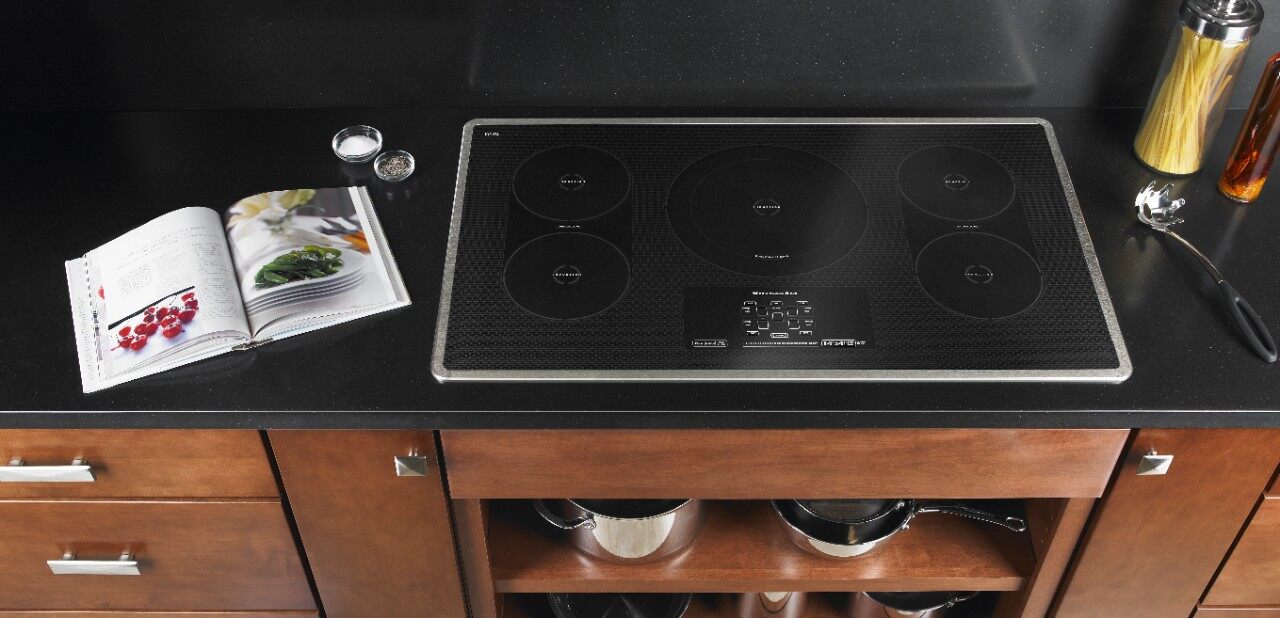
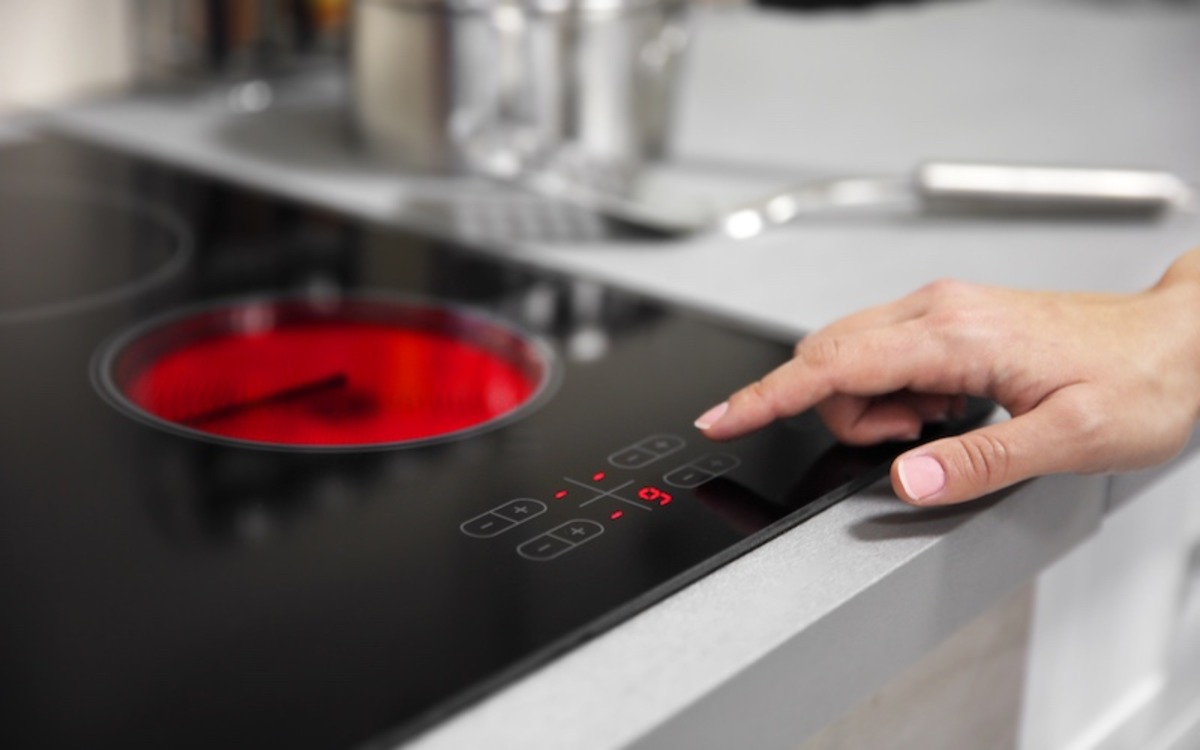
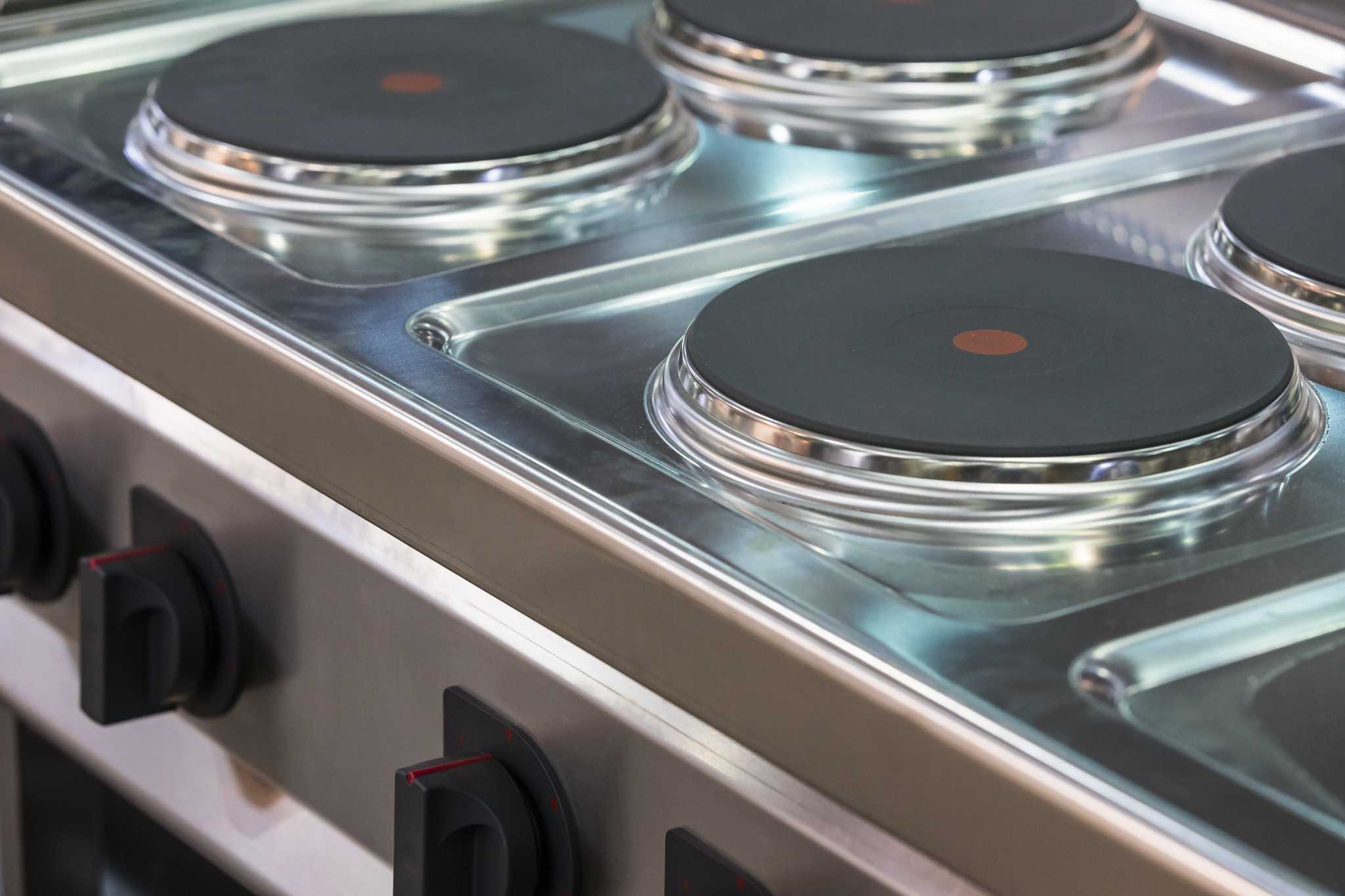
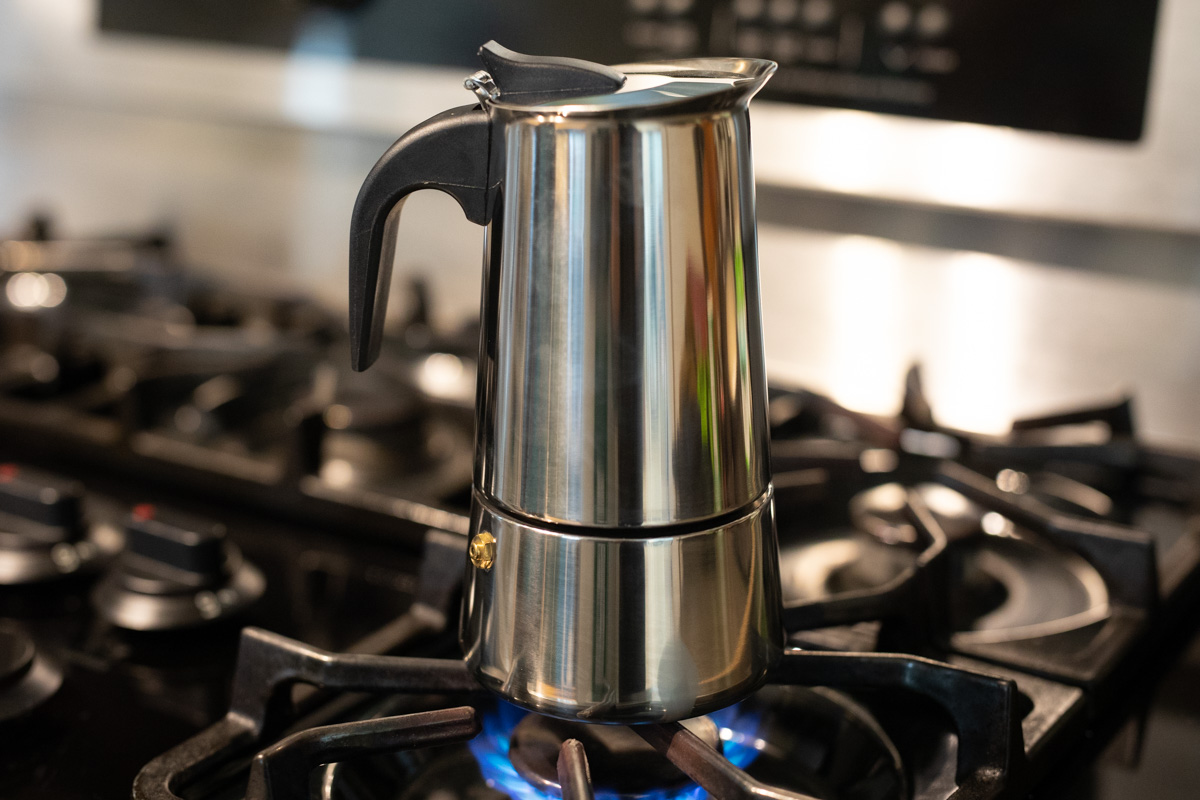
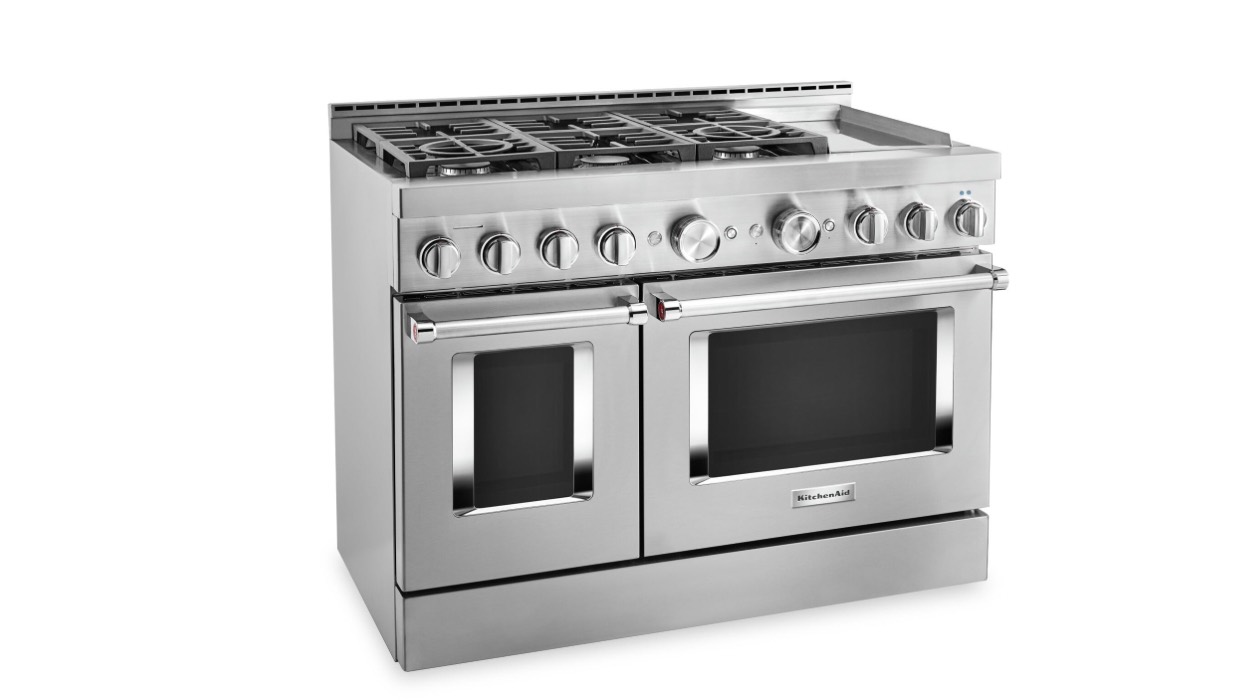
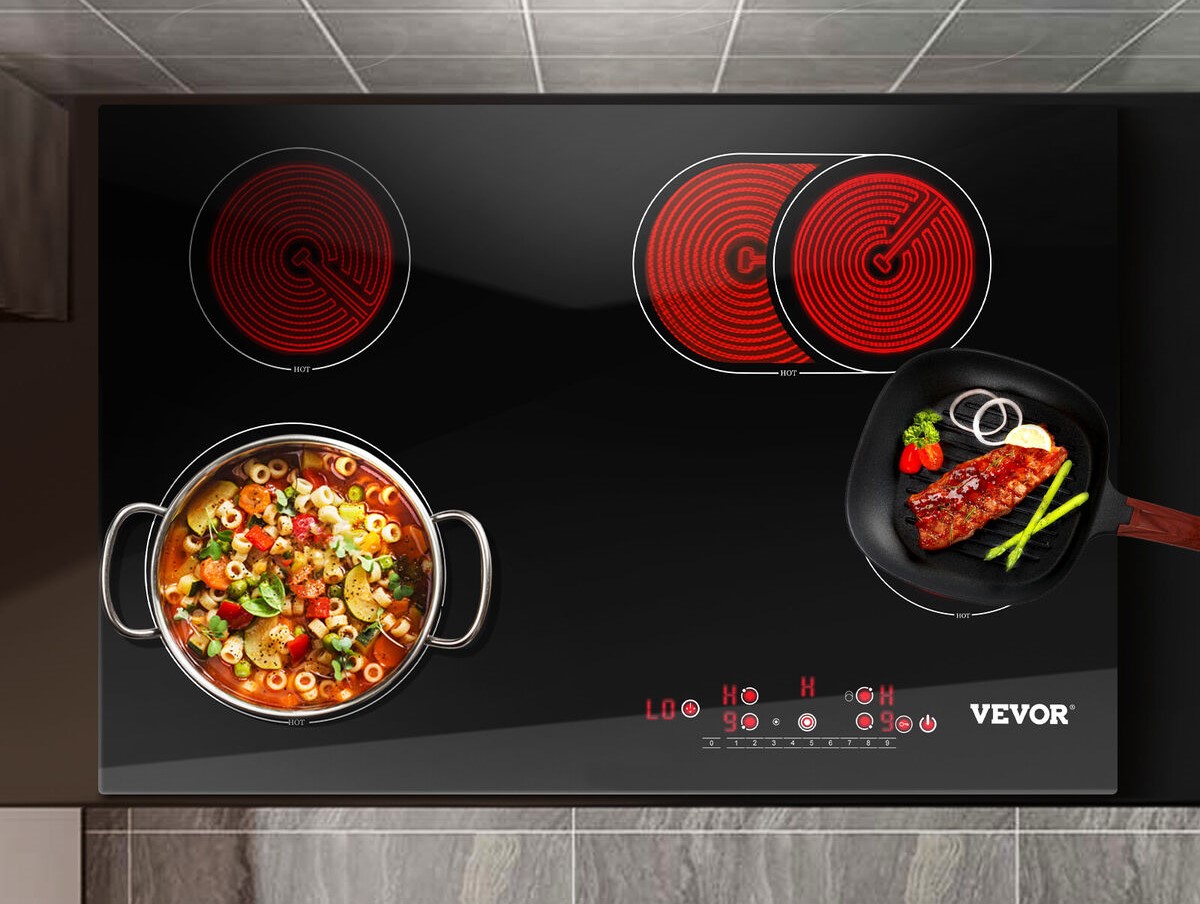
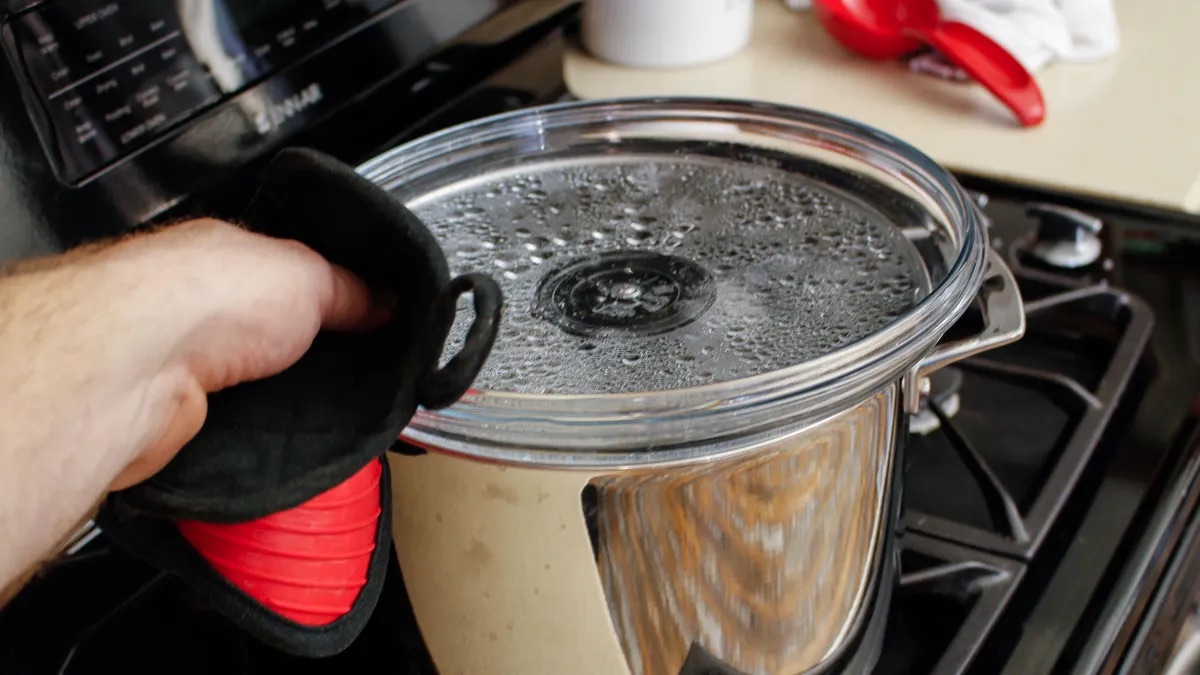
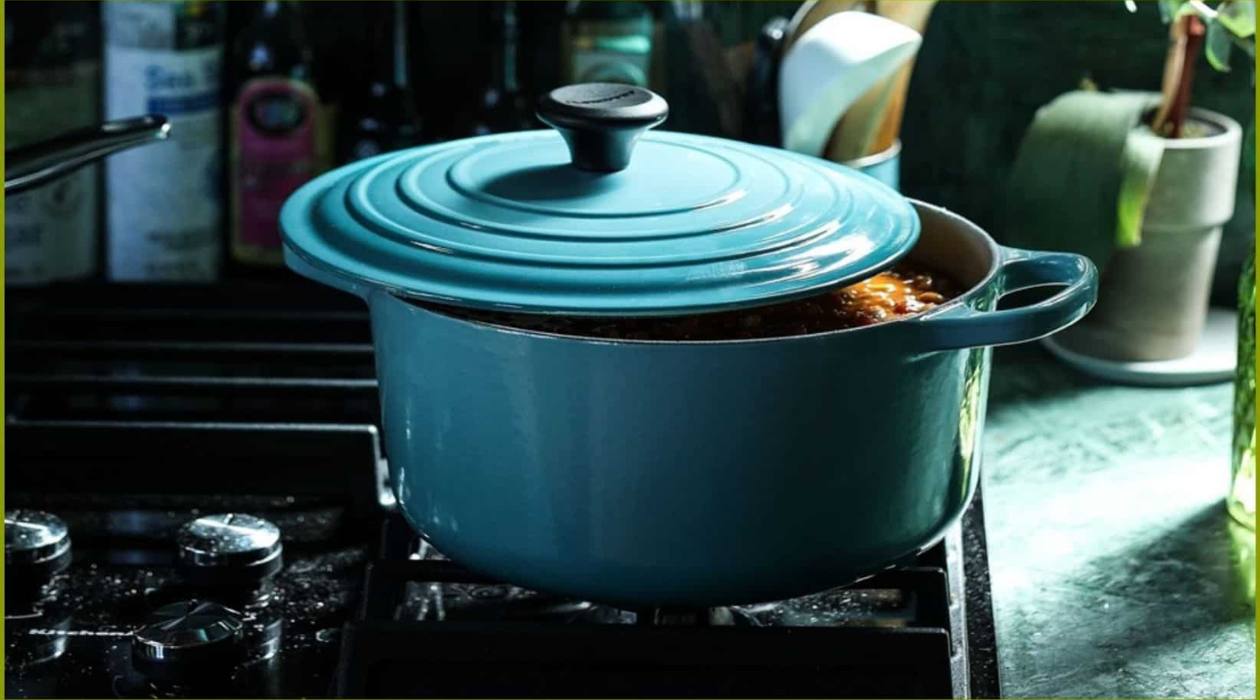
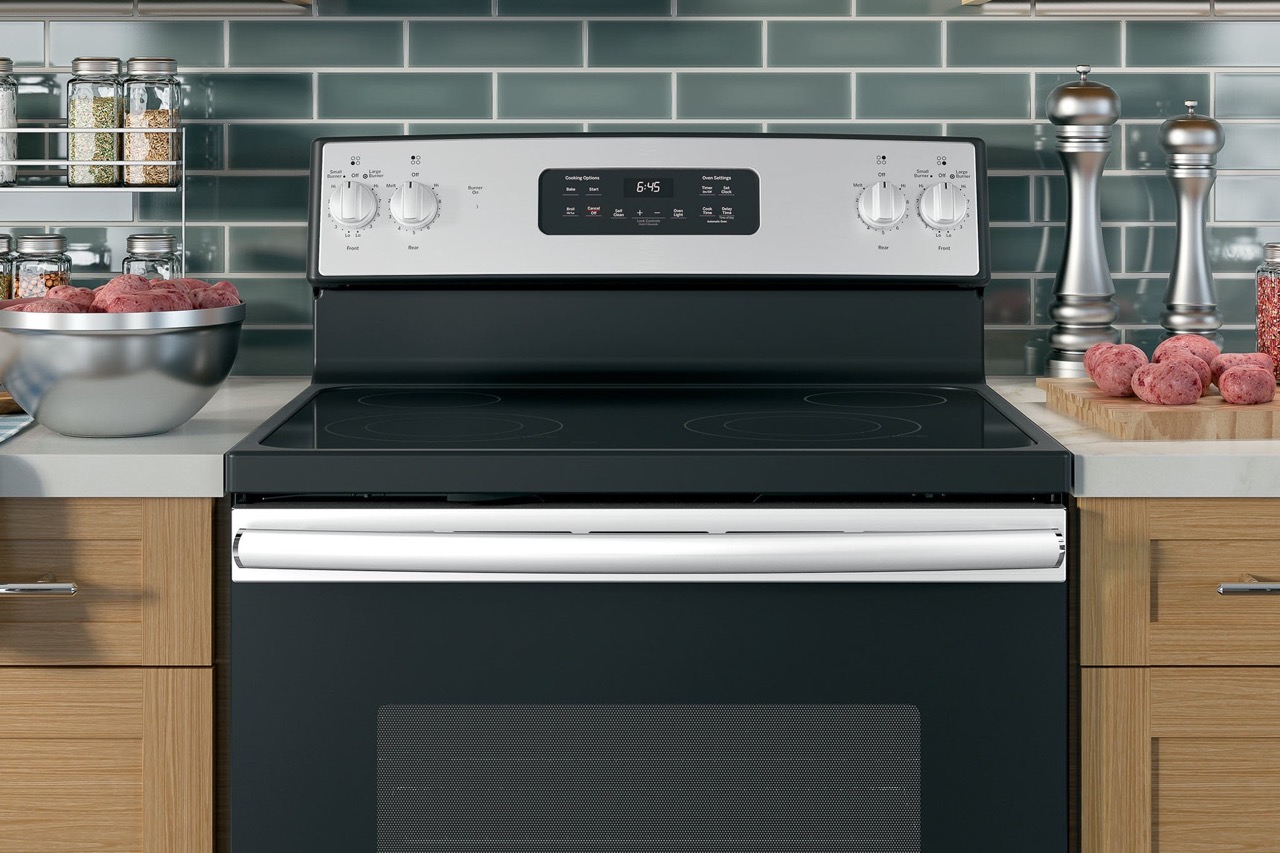

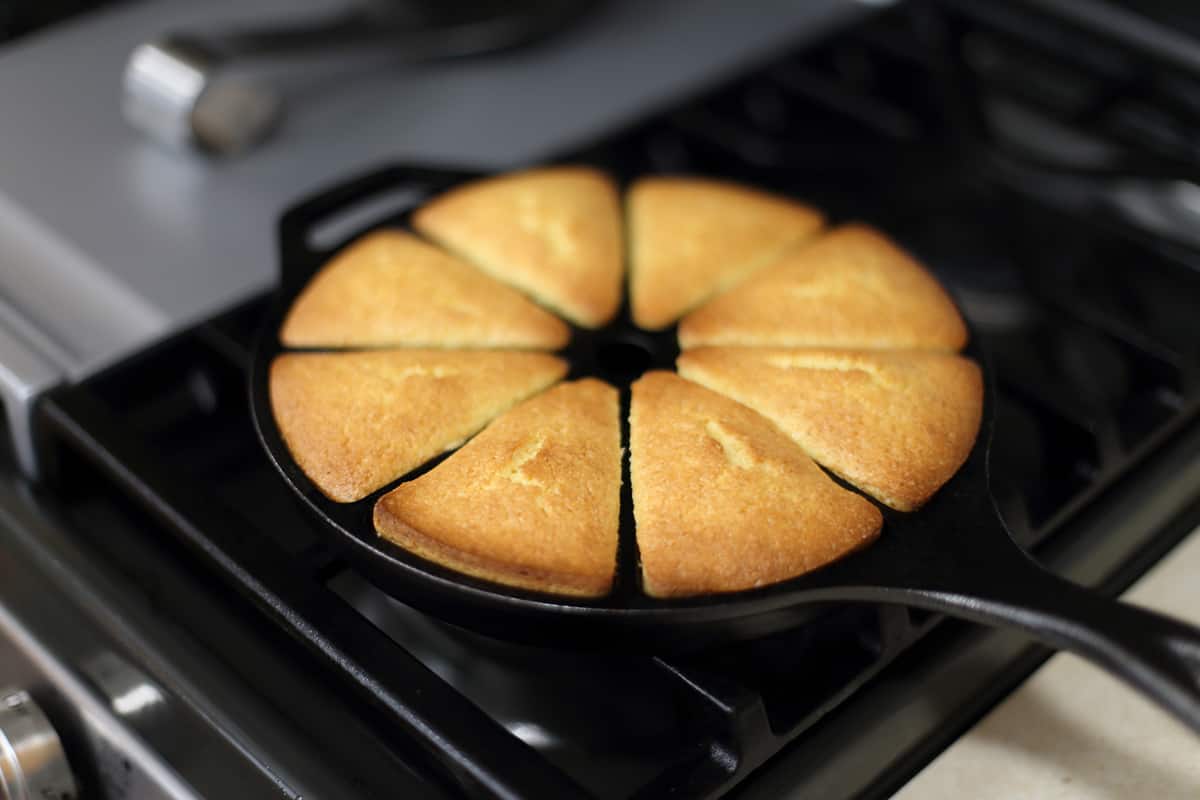
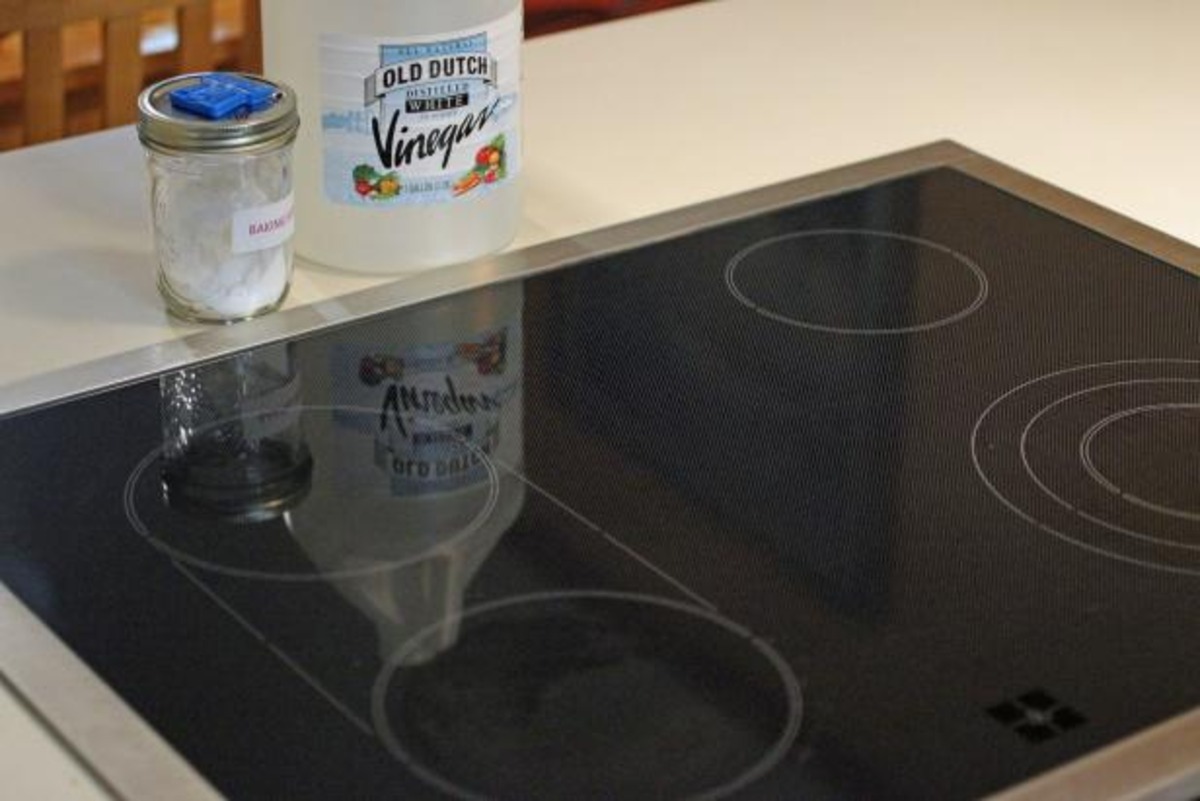
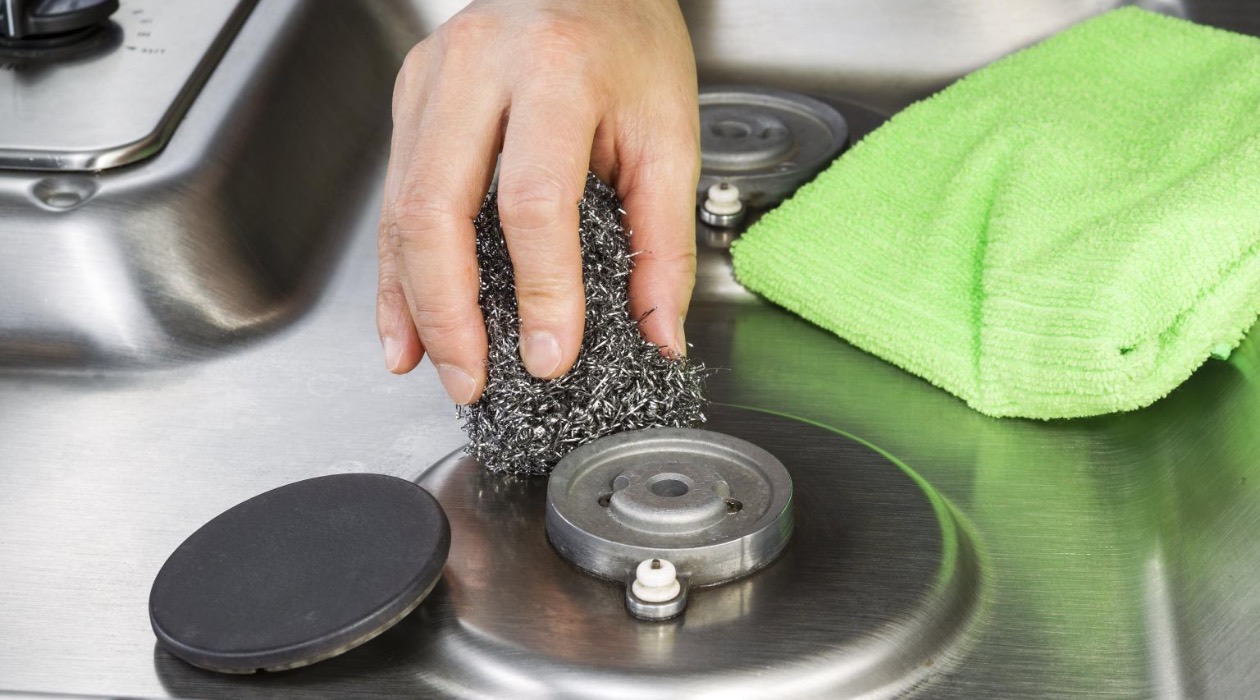

0 thoughts on “How To Use Kitchenaid Electric Stove Top”